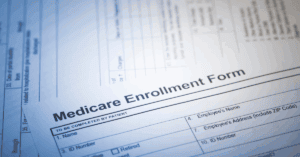PACCAR employees who take advantage of Net Unrealized Appreciation (NUA) already benefit from one of the most powerful tax strategies available inside a 401(k). But there’s another planning opportunity that can make the NUA strategy even more effective—Roth conversions.
Separately, NUA and Roth conversions can reduce taxes and provide retirement flexibility. But when coordinated strategically, they form a dynamic duo that helps reduce Required Minimum Distributions (RMDs), build long-term tax-free income, and avoid income stacking in retirement.
In this blog post, we’ll explore how combining these two strategies can create a smoother, more tax-efficient transition into retirement.
First, a Quick Recap: What is NUA?
As we discussed in detail in our blog, What is NUA: A Powerful Tax Strategy for PACCAR Employees, NUA allows you to transfer appreciated PACCAR stock from your 401(k) to a taxable brokerage account, paying ordinary income tax only on the cost basis of the stock—not the full market value. The appreciation becomes subject to long-term capital gains tax, but only when you choose to sell.
This creates an opportunity to minimize ordinary income in retirement and fund early retirement years with capital gains, which are typically taxed at lower rates than IRA withdrawals.
The Roth Conversion Opportunity
Once you’ve completed your NUA transfer, you’re likely to have also rolled over the remainder of your 401(k)—non-PACCAR-stock investments and PACCAR stock you don’t want to use NUA on—into a traditional IRA.
This is where Roth conversions come into play. A Roth conversion involves moving funds from a traditional IRA into a Roth IRA. You pay income tax on the converted amount today, but the money grows tax-free and can be withdrawn tax-free in retirement. There are no RMDs from a Roth IRA, and you can leave the account to heirs as a legacy asset.
The best time to do a Roth conversion is when:
- You are in a lower tax bracket than you expect to be in later years (such as the first few years after retirement)
- You’re not yet collecting Social Security
- You have sold NUA stock to fund your expenses (at lower capital gains rates), so you don’t need to draw from your IRA to cover living costs
This low-income window—after retirement but before RMDs begin at age 73 or 75—is often called the Roth conversion sweet spot.
How NUA Creates the Roth Conversion Window
The year you execute your NUA strategy, you’ll pay ordinary income tax on the cost basis of the PACCAR shares. But in the years that follow, you can plan to have ordinary income that can be surprisingly low, especially if you:
- Delay taking your pension or Social Security
- Use the taxable proceeds from NUA stock sales to meet your living expenses
- Avoid IRA withdrawals
This creates a unique opportunity to convert a portion of your traditional IRA to a Roth while staying in a lower marginal tax bracket.
Benefits of Coordinating Roth Conversions with NUA
If you plan to convert IRA funds to a Roth, it’s important to control how much income you generate each year. Using NUA assets to fund your lifestyle while keeping your ordinary income low can create a window for Roth conversions at lower tax brackets—especially before RMDs kick in at age 73 or 75. Done properly, this combined strategy creates multiple long-term benefits:
1. Reduce RMDs
Every dollar you convert to a Roth IRA today is one less dollar subject to required withdrawals from a traditional IRA—and taxation—at age 73 or 75. That helps reduce your taxable income in your 70s and 80s, which in turn may reduce Medicare premiums and the percentage of your Social Security that gets taxed.
2. Build Tax-Free Retirement Income
Roth IRAs grow tax-free, and qualified withdrawals are never taxed. This provides a source of flexible, tax-free income later in retirement—especially helpful if tax rates rise.
3. Avoid Bracket Creep
Small conversions over multiple years allow you to smooth out your tax exposure rather than waiting and converting a large amount in a high-tax year.
Real-World Insight: Coordinated Roth and NUA Planning
David, age 63 and married, has just retired and completed the NUA transfer of his PACCAR stock. He has not started to draw his pension or take Social Security income. They have an annual income need of $100,000 and take the standard deduction.
He now has:
- $150,000 in NUA-qualified PACCAR stock (cost basis: $45,000) in a taxable brokerage account
- $1,400,000 in other investments from his 401(k), rolled into a traditional IRA
- No pension income (delayed start)
- $150,000 in cash savings
In Year 1:
- David pays ordinary income tax on the $45,000 NUA cost basis
- Uses his cash savings to fund living expenses
- He still has room in his 12% marginal ordinary income bracket
- With no other major income, he completes an $83,000, Roth conversion while staying in the 12% bracket
Next year, he uses a similar strategy—convert a modest amount to a Roth IRA , funding expenses with cash and stock proceeds, and keeping future RMDs manageable. He has covered his lifestyle needs using low-tax capital gains and improved his future tax profile with well-timed Roth conversions.
Things to Watch
While this combined NUA and Roth conversion strategy is powerful, it requires careful coordination. Here are some things to consider:
- Medicare IRMAA thresholds: Roth conversions add to your Modified Adjusted Gross Income (MAGI) and could trigger IRMAA surcharges two years later.
- Tax bracket thresholds: Converting too much in a single year could bump you into the 22% or 24% bracket unnecessarily.
- Timing: The best years for Roth conversions are typically after NUA execution but before Social Security or pension income begins.
- State taxes: Don’t forget about your state’s treatment of IRA withdrawals or capital gains if you’re planning to move out of Texas post-retirement.
Final Thoughts
If you’re a PACCAR employee preparing to retire, the real value of your NUA strategy doesn’t end with the initial tax break. By combining NUA with a smartly sequenced Roth conversion strategy, you can gain greater control over your income, reduce your long-term tax liability, and build a retirement income plan that’s more flexible—and more resilient.
At Grunden Financial Advisory, Inc., we help PACCAR professionals develop personalized plans that integrate all parts of their financial life—401(k), pension, NUA, IRA, and Roth strategies—into one cohesive approach.
Let’s create a tax-smart income plan that works for today and tomorrow.





